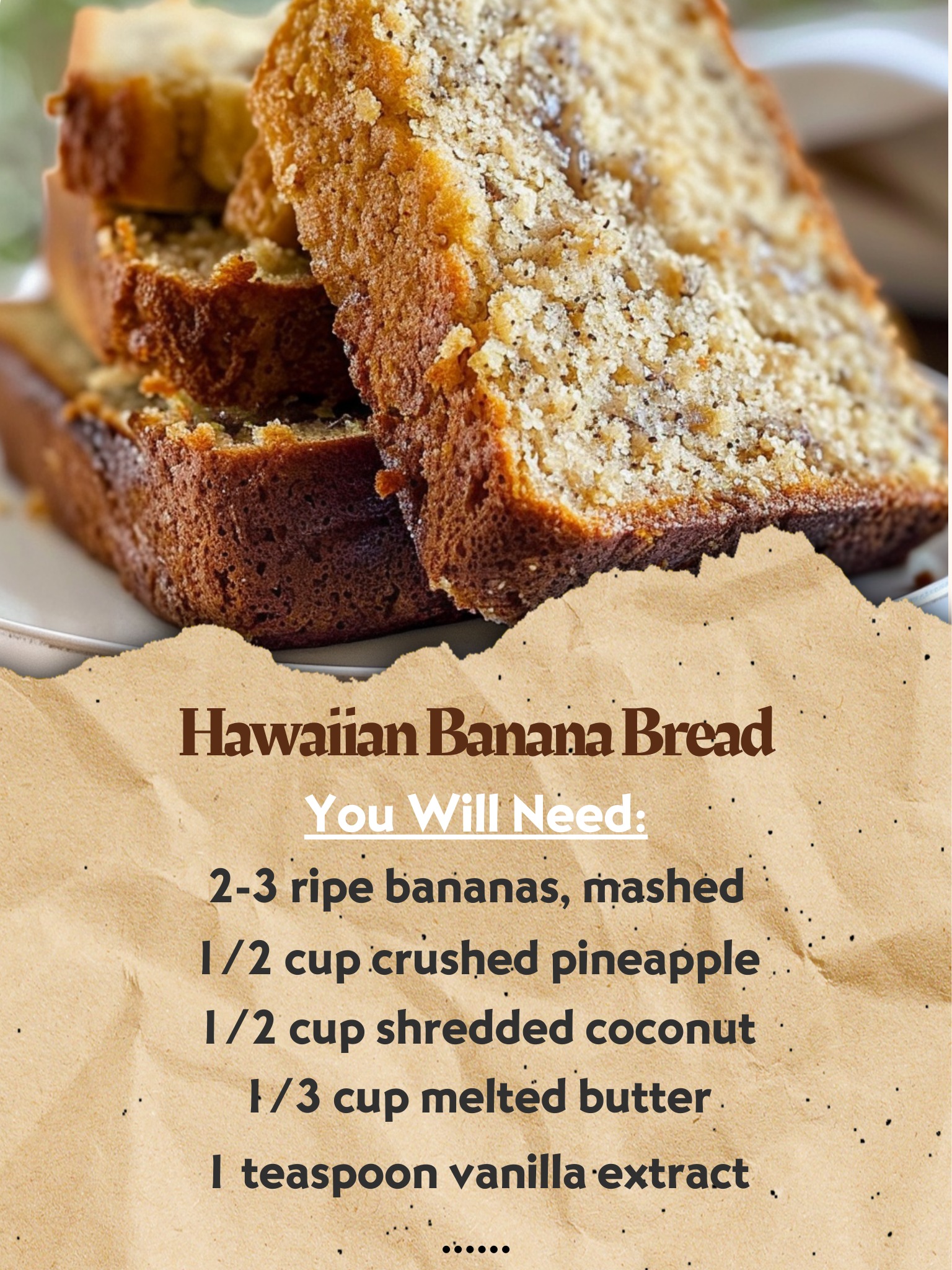Room Temperature Storage: Keep the bread in an airtight container at room temperature for up to 3 days. Ensure it’s in a cool, dry place away from direct sunlight.
Refrigerating for Longer Freshness: If you need to store the bread for more than 3 days, wrap it in plastic wrap or aluminum foil and store it in the refrigerator. This can extend its freshness for up to a week.
Freezing for Long-Term Storage: Hawaiian Banana Bread freezes exceptionally well. Wrap the bread or individual slices in plastic wrap and then in aluminum foil. Store in the freezer for up to 3 months. Thaw at room temperature or in the refrigerator when ready to eat.
Reheating: If you’ve stored the bread in the refrigerator or freezer, gently warm it in the microwave or in the oven for a few minutes to restore its fresh-baked taste and texture.
Avoid Moisture and Air: Keep the bread away from moisture and air exposure as much as possible to prevent it from becoming stale or developing mold.
By following these serving and storage tips, you can enjoy your Hawaiian Banana Bread in the best possible way, savoring its freshness and tropical flavors for days or even months after baking.
Common Mistakes to Avoid
Overmixing the Batter: One of the most common mistakes is overmixing the batter. This can lead to a dense and tough bread. Mix just until the ingredients are combined; a few lumps are okay.
Not Using Ripe Bananas: The key to moist and flavorful banana bread is using very ripe bananas. If your bananas are still yellow or greenish, they won’t impart the same sweetness or texture.
Forgetting to Drain the Pineapple: While the recipe calls for not draining the pineapple, it’s crucial not to use too much of the juice, as it can make the batter too wet. Stick to the specified amount.
Oven Temperature Accuracy: An oven that’s not properly calibrated can affect the baking. If your bread is undercooked or overcooked, consider checking your oven’s temperature accuracy with an oven thermometer.
Opening the Oven Door Too Often: Resist the temptation to open the oven door frequently. This causes temperature fluctuations that can affect the rise and baking of the bread.
Incorrect Pan Size: Using a loaf pan that’s too small or too large can lead to undercooked or overly dry bread. Stick to the recommended 9×5 inch pan size for optimal results.
Not Greasing the Pan Properly: Ensure your loaf pan is well-greased to prevent the bread from sticking. This helps in easy removal after baking.
Skipping the Toothpick Test: Don’t rely solely on the baking time. Ovens can vary, so use a toothpick or a skewer to check if the bread is done. It should come out clean or with a few moist crumbs.
Cutting the Bread Too Soon: Give the bread time to cool down before slicing. Cutting into it while it’s still hot can cause it to crumble or fall apart.
Inaccurate Measuring of Ingredients: Baking is a science, and accurate measurements are key. Use proper measuring cups and spoons for the ingredients to ensure the right balance.
FAQs
Continue Reading in next page

